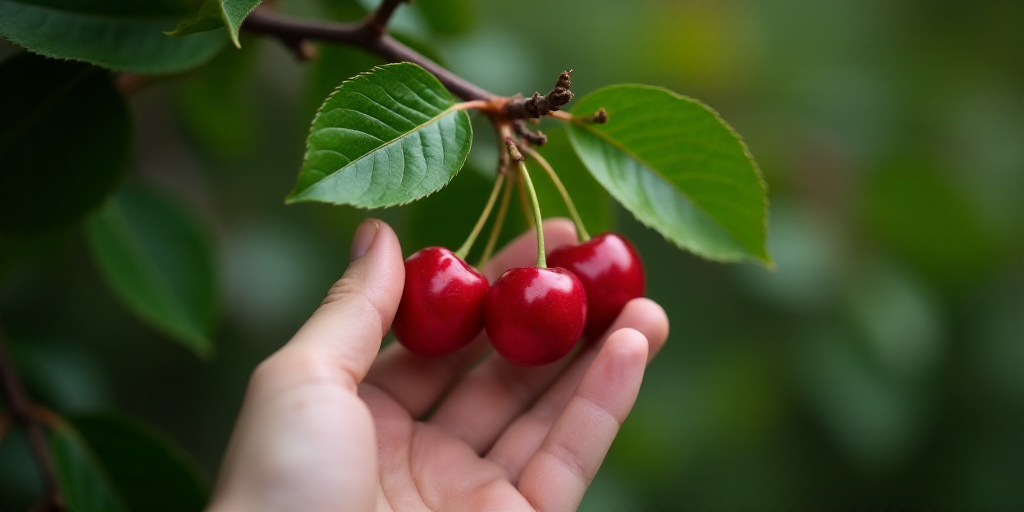Cherries from Northwest U.S. Arrive in Mexico with Record Season and Key Benefits
Cherries from the Northwest United States are making waves in Mexico not just for their record-breaking export volume but also for their functional properties, including low glycemic index and high antioxidant content. These characteristics position them as a significant option for metabolic and cardiovascular health.
Key Benefits of Cherries
During the 2025 season launch in Mexico City, Dr. Alejandra Toledo, a functional nutritionist and spokesperson for the campaign, explained that cherries have a positive impact on blood sugar control. Their consumption does not cause significant spikes in blood sugar levels, which is crucial in a country like Mexico where over 10% of the population lives with type 2 diabetes, according to official figures.
Moreover, cherries contain anthocyanins, antioxidant compounds that combat oxidative stress, reduce inflammation, and can improve sleep quality due to their natural melatonin content. They also provide fiber, vitamin C, potassium, and small amounts of vitamin A, all beneficial for digestion, immune system function, and blood pressure regulation.
Cherry Consumption for Disease Prevention
“Regular cherry consumption can be part of a strategy for preventing chronic diseases, especially in urban settings with high consumption of processed foods and low physical activity levels,” the expert noted.
Recommended Consumption
Nutrition specialists suggest that a recommended serving of cherries is one cup daily (approximately 150 g, or half to one cup of fresh cherries).
Glycemic Control
Despite their sweet taste, cherries have a low glycemic index. This means that their impact on blood glucose levels is slow and moderate, making them favorable for individuals with diabetes or insulin resistance.
Antioxidants and Anti-Inflammatory Properties
In this serving, you get a good amount of anthocyanins, polyphenols, vitamin C, and potassium—compounds that reduce inflammation, protect the cardiovascular system, and support cell health.
Additional Benefits of Cherry Consumption
- Sleep: The natural melatonin content in cherries aids in regulating the sleep cycle.
- Recovery and Arthritis: The anti-inflammatory action helps decrease post-exercise muscle pain and uric acid levels, beneficial in arthritis cases.
Record-Breaking Production
The start of the Mexican season coincides with a historic harvest in the Northwest U.S. By June 2025, 6.5 million boxes had been exported, with a single-day operational record of 500,000 boxes shipped. This demonstrates a robust logistics chain with distribution to multiple countries, including Mexico.
Cherry Cultivation and Distribution
Red cherries and Rainier varieties (bicolor skin, sweeter taste) are grown in Washington, Oregon, Idaho, Utah, and Montana, where spring conditions have been favorable. The consumption window spans July to August, with availability in supermarkets, specialty stores, and direct sales points.
The Northwest Cherry Committee has intensified its promotion strategy, with campaigns focusing on responsible consumption, collaborations with chefs, and gastronomic sector activations. The goal is to encourage cherry use not only as a snack but also as an ingredient in dishes, desserts, and beverages.
Over the past five years, the Mexican market has shown consistent growth in cherry demand, driven by consumers prioritizing functional and seasonal foods. Availability will continue until September, subject to weather conditions and harvest pace.
Cherries stand out as a summer fruit with dual benefits: they favor public health and stimulate the horticultural market with a high-turnover, value-added product.






